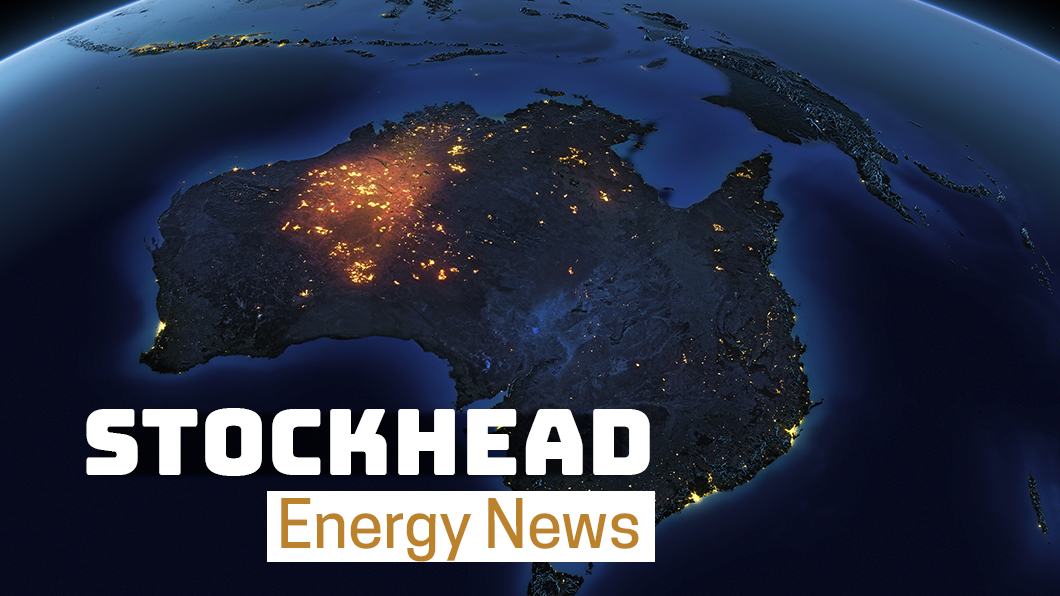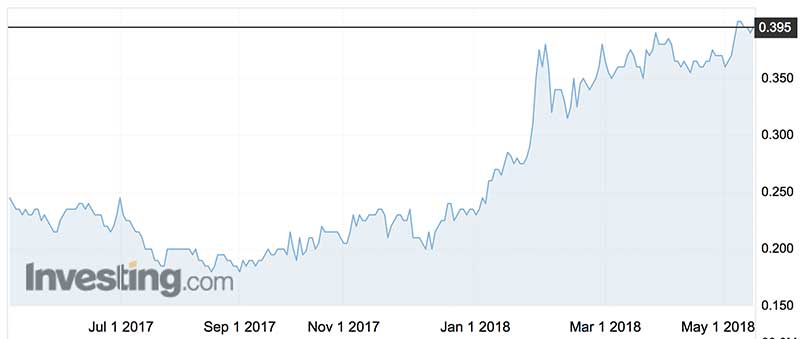Why Australis is heading back into the US shale oil business as BHP exits

Pic: Matthias Kulka / The Image Bank via Getty Images
When you’ve made $2.6 billion for investors in the last oil boom you’re entitled to be a bit cheeky at the start of the next oil boom.
That’s one way of looking at the morphing of Aurora Oil & Gas into Australis Oil & Gas (ASX:ATS) — a nifty play on the name given to the southern lights which are known as the Aurora Australis.
But whether the name is a bit of fun on the part of management is irrelevant to what the company represents — an opening into the world of US onshore shale oil which the world’s biggest mining company BHP is in the process of abandoning.
Before you rush for the exits — because the mention of shale oil sounds like a ticket to lose rather than make money — it’s important to consider the question of timing.
In the BHP v Aurora (and Australis) situation one side got it right and the other side didn’t.
BHP, as everyone knows, got it horribly wrong.
Buying into US shale near the peak of the oil market 10 years ago and launching a sales process near the bottom is a case study from Business Management 101 — the chapter headed “How Not To Succeed”.
Aurora, a small player in the US oil game, run by a team of Perth-based professionals. did the opposite to BHP.

They built a business before the oil-price crash and sold in boom conditions for a gross $2.6 billion, re-starting the process as Australis in November 2015 — about three months before the upturn in oil started.
The less said about BHP’s adventures in US shale the better.
The final cost to shareholders in the diversified giant is likely to be in the order to $20 billion to $30 billion despite the exit being promoted as a successful extraction from a difficult situation.
As BHP heads out, Australis is heading back in. It’s raising capital in a series of share issues and acquiring tenements in a geological formation known as the Tuscaloosa Marine Shale (TMS) which stretches across the southern portion of Mississippi and Louisiana.
Production, so far, has been modest.
In the March quarter Australis recorded gross sales of 130,000 barrels of oil which generated $US8.5 million in revenue from an average price received of $US65/bbl. (Bbl is a measure of one 42-gallon barrel).
- Bookmark this link for small cap breaking news
- Discuss small cap news in our Facebook group
- Follow us on Facebook or Twitter
- Subscribe to our daily newsletter
Proved and probable reserves from the existing tenement package vary from estimates of 29 million barrels up to 47 million barrels depending on the probability factors applied to oil in the ground.
(“Proved” reserves have a 90 per cent certainty of commercial extraction, while “probable” is 50 per cent and “possible” is 10 per cent.)
More can be reasonably expected in the future thanks to four factors working in favour of Australis:
- The oil price has risen and looks likely to continue rising.
- The US oil industry is undergoing a significant revival thanks to the favorable policies introduced by the U.S. President, Donald Trump.
- The company continues to build its tenement package, and
- The management team, led by Jon Stewart Graham Dowland, has been in exactly this position before, expanding into a rising oil price.
On the stock market a series of capital raisings over the past three years have created the impression that Australis is not growing quickly with a share price up from around 25c to 39c — a move which looks modest but which actually masks the fact that institutional investors have been queuing up to follow Stewart, Dowland and the rest of the Aurora team into Australis.
The raisings and associated deal flow do much to demonstrate what Australis wants to achieve — which is to become a significant player in a US shale location that is oil-rich, low-cost and with the potential to grow substantially.
The growth process, so far, went like this:
- A first deal in late 2015 saw Australis raise $24.2 million in shares issued at 20c to buy a 20 per cent working interest in 33,000 acres of onshore TMS tenements as well as to continue work in an onshore oil exploration concession in Portugal.
- Six months later Australis went back to the market for another $10.05 million via a private placement at 22c (with one attached option for every two shares issued) with the funds allocated to buy an extra 30% stake in the TMS leases, taking its ownership to 50 per cent.
- After another two months in July, 2016, Australis raised $30 million at 25c a share with the funds used to acquire more TMS acreage.
- In February last year the company raised $100 million with $80 million of that allocated to the acquisition of TMS assets owned by Encana Oil & Gas. This time the new shares were issued at 23c, and
- Two months ago, an additional $39 million was raised at 34c to help pay for a drilling program on the TMS tenements in the second half of this year.
That blizzard of capital raisings is nothing new for the oil and gas industry during good times, or during a time when investors are confident that better conditions are just around the corner.
Institutions in particular are confident that the recent oil price revival is sustainable which is one reason why they’re willing to help fund the growth of Australis.
Another reason is that Australis bears the hallmarks of an earlier US onshore oil and gas success story — goodbye Aurora, hello Australis.
UNLOCK INSIGHTS
Discover the untold stories of emerging ASX stocks.
Daily news and expert analysis, it's free to subscribe.
By proceeding, you confirm you understand that we handle personal information in accordance with our Privacy Policy.








